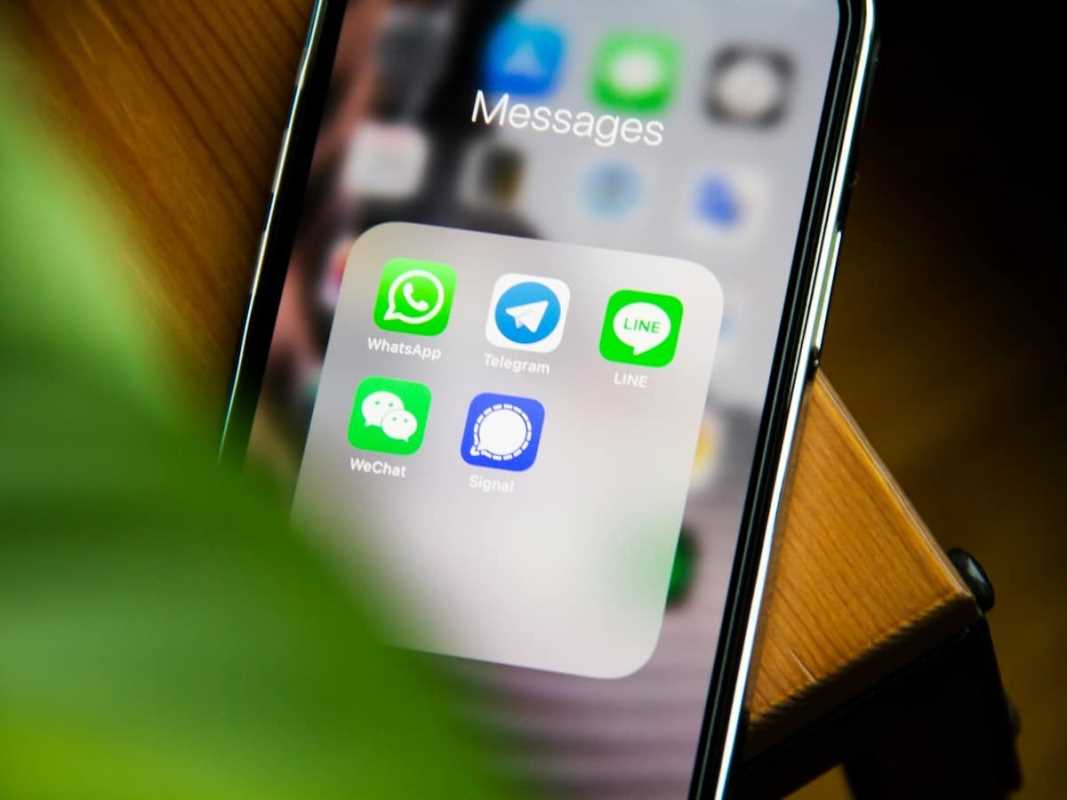In today’s digital age, email remains a cornerstone of professional communication. Whether you’re reaching out to colleagues, clients, or stakeholders, mastering business email etiquette is essential for conveying professionalism and ensuring effective interactions. Here’s a guide to help you navigate the intricacies of business email etiquette and make a positive impression in your professional correspondence.
1. Crafting a Clear and Concise Subject Line
The subject line of your email sets the tone and provides a glimpse into the email’s content. A well-crafted subject line ensures your message is noticed and understood.
- Be Specific: Use a subject line that clearly reflects the content of your email. For example, instead of “Meeting,” use “Meeting Agenda for September 10th Team Meeting.”
- Keep It Brief: Aim for a concise subject line that summarizes the main point of your email without being overly wordy.
2. Using a Professional Greeting
The greeting of your email establishes the initial tone of your message. Opt for a professional and respectful salutation to set the right tone.
- Address Recipients Properly: Use formal titles (Mr., Ms., Dr.) if you’re unsure of the recipient’s preference. For example, “Dear Dr. Smith” or “Hello Ms. Johnson.”
- Use Full Names: If you know the recipient’s full name, use it in the greeting. Avoid using nicknames or first names unless you have an established informal relationship.
3. Maintaining a Professional Tone
The tone of your email should reflect professionalism and respect. Avoid using overly casual language or emojis unless you know the recipient well and are sure such informality is appropriate.
- Be Courteous: Use polite language and expressions such as “please,” “thank you,” and “I appreciate.”
- Stay Neutral: Avoid using slang or overly informal language. Keep your tone neutral and respectful, even if addressing a challenging topic.
4. Structuring Your Email Effectively
A well-organized email is easier to read and understand. Follow a clear structure to ensure your message is communicated effectively.
- Start with a Purpose: Begin with a brief introduction or context for your email. Clearly state the purpose of your message in the opening lines.
- Use Paragraphs: Break your email into short paragraphs to make it more readable. Each paragraph should focus on a specific point or topic.
- Include a Clear Call to Action: If your email requires action, specify what you need from the recipient and include deadlines if applicable.
5. Proofreading and Editing
Errors in spelling, grammar, or punctuation can undermine your professionalism. Take the time to proofread and edit your email before sending it.
- Check for Mistakes: Review your email for spelling and grammatical errors. Tools like spell check can help, but manual proofreading is also essential.
- Ensure Clarity: Make sure your message is clear and concise. Avoid using jargon or complex language that might confuse the recipient.
6. Using a Professional Signature
Your email signature is a key component of your professional brand. Include relevant contact information and maintain a consistent format.
- Include Essential Information: Your signature should include your full name, job title, company name, and contact details. You may also include your professional social media profiles or website.
- Keep It Simple: Avoid using excessive colors, fonts, or images in your signature. A clean, simple design is more professional.
7. Replying in a Timely Manner
Timely responses are crucial for effective communication. Aim to reply to business emails promptly to maintain professionalism and respect.
- Acknowledge Receipt: If you need time to provide a detailed response, acknowledge receipt of the email and provide a timeframe for when you will respond.
- Be Prompt: Aim to respond within 24 to 48 hours. If you’re out of the office, set up an out-of-office auto-reply with relevant information.
8. Managing Email Etiquette in Group Communications
When sending emails to multiple recipients, it’s important to manage group communications carefully to avoid misunderstandings and ensure clarity.
- Use Bcc for Large Groups: To protect recipients’ privacy, use the Bcc field when sending emails to large groups.
- Address Individuals Appropriately: If you’re addressing specific individuals, use their names and avoid generic greetings like “Everyone.”
9. Handling Sensitive Information
When dealing with confidential or sensitive information, exercise caution to ensure that your email is secure and appropriately addressed.
- Verify Recipients: Double-check that you’re sending sensitive information to the correct recipients.
- Use Encryption: For highly confidential information, consider using encryption or secure file-sharing methods.
Mastering business email etiquette is essential for effective and professional communication. By following these guidelines, you can ensure that your emails are clear, respectful, and well-received. Effective email communication not only reflects your professionalism but also enhances your ability to build and maintain positive relationships in the business world.
 (Image via
(Image via
 (1).jpg)



